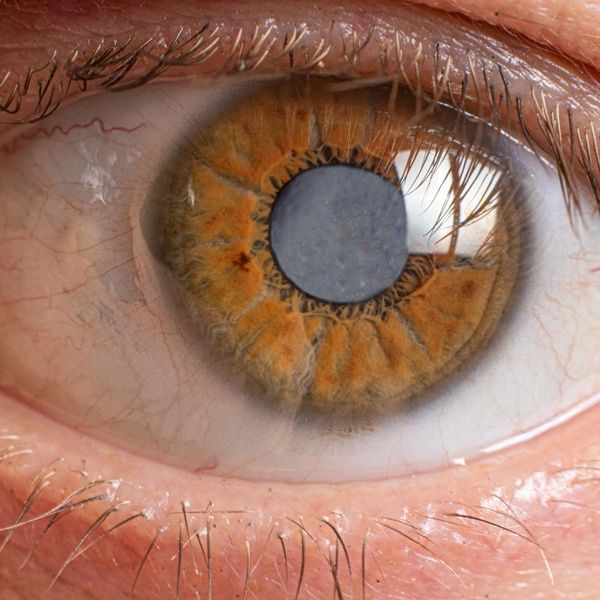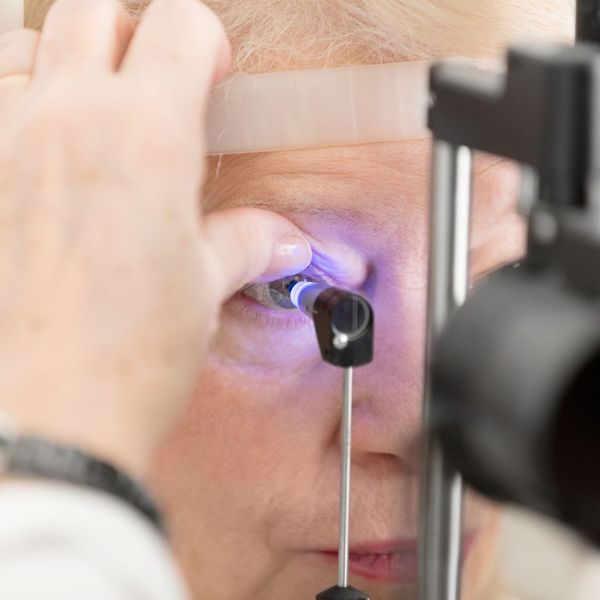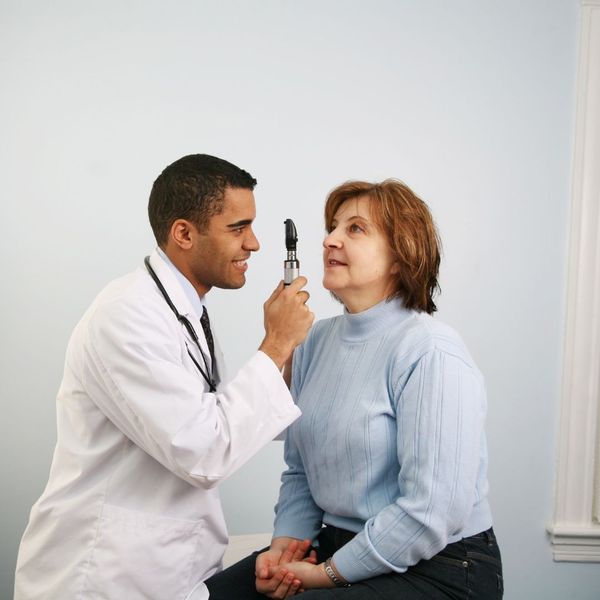Our eyes are often taken for granted until something goes wrong. Vision, arguably one of the most crucial senses, allows us to perceive the world around us. However, various eye diseases can impair our vision, affecting our daily lives and overall well-being.
At Visions Optique and Eyecare, we're dedicated to providing valuable insights and information on managing chronic eye conditions. Situated in the heart of Scottsdale, Arizona, Visions Optique and Eyecare is your premier destination for comprehensive eye care services, specializing in the long-term management of various ocular conditions.
Living with a chronic eye condition can be challenging, but with the right guidance and support, you can take control of your eye health and preserve your vision for years to come. In this blog post, we'll explore four common eye diseases and discuss strategies for effectively managing them. Our goal is to empower you with the knowledge and resources you need to navigate your eye health journey with confidence. Learn more below!




